ZTE Restrictions In the United States:
ZTE is a Chinese company that produces a variety of electronics, including consumer cellular devices as well as network equipment that can potentially be used by cellular carriers and other internet service providers.
Beginning in 2018, the US government restricted the sale and support of ZTE products in the US due to security concerns. Then, in November 2022, the US government stopped certifying any ZTE products (along with products from Huawei and other China-based companies) for use in the US. This effectively means that ZTE cannot legally sell new products in the US anymore.
Existing ZTE products, like the ones listed here on MIRC, are still FCC certified and legal to utilize. The FCC does have the authority to revoke existing licenses for this gear, but we think that is unlikely to happen. Those using existing ZTE devices can continue to utilize them as normal.
The Velocity 2 was AT&T's entry-level mobile hotspot from March-November 2018. It was replaced by the Netgear Unite Express 2 and preceded by the original Velocity.
The Velocity 2 is a substantial upgrade over the original Velocity, with the 2 offering a Category 12 modem, as well as antenna ports.
Specifications
- Model Number: ZTE Velocity 2 (MF985)
- # of Connected Devices: 10 Wi-Fi / Supports USB Tethering
- Control Panel and Default Password:
Control Panel: http://192.168.1.1 or http://attwifimanager/
Default Password: "attadmin" - USB Tethering Support:
WiFiRanger Tethering: probable, not confirmed
Pepwave Tethering: probable, not confirmed - Supported Networks and Bands:
AT&T LTE Bands: 2, 4, 5, 12(17), 29, 30, 66
4G/3G: HSPA+ 850/1900/2100MHz - Global roaming supported.
2G: GSM EDGE: No - LTE-Advanced Carrier Aggregation: Yes (3x 20MHz channels)
- MIMO Support: 2x2
- LTE Performance Category: Category 13 up / Category 12 down
(Max Theoretical Speed: 600Mbps Down / 150Mbps Up) - Cellular Antenna Ports: 2x TS9 External Antenna Ports
- Other Ports: USB-C
- Wi-Fi Technology / Frequencies: 802.11 b/g/n/a/ac - Pick between 2.4GHz or 5GHz.
- Battery
- Claimed Battery Life: 12hrs use time, 10 days standby
- Can Be Powered Without a Battery: No
- Battery Part #: CS-ZMF923SL
- Replacement Battery: Amazon
- Dimensions: 4.54'' x 2.61'' x 0.61''
- SIM Card Type: 4FF / Nano SIM
Review & Testing Status
We purchased a Velocity 2 in April 2018 on our Unlimited Plus account, and have tested it in comparison to our other AT&T devices.
Alternatives to Consider
For other popular mobile hotspots on the market - here are our featured options:
Our preliminary thoughts shared below with our members based on this testing experience.
This Review Contains Additional Member Exclusive Content!
We are Honored to be Member Funded! No ads, no sponsors, no selling (but may contain affiliate links)
Our members fund our in-depth independent reviews.
This entry may contain additional member exclusive content such as testing notes, field testing data, user interface tours, comparisons to alternatives, analysis, tips, videos and discounts.
Members also get interactive guidance, alerts, classroom and more.
Other Ways to Support Our Work At MIRC
Purchasing Options
No longer available from AT&T, but can be found on the secondary market.
Replacement Battery:
Mobile hotspot devices are small, self-contained units that receive a cellular data signal and transform it into an internet connection. They are a cellular modem and router combined. Most can create their own personal Wi-Fi network.
They are typically designed with a specific cellular carrier in mind and require a suitable cellular data plan of their own to operate. You might see them called Jetpacks (Verizon's term for them) or MiFi (Inseego's name for them).
Here's a quick video going over the features of a hotspot, and what makes one better than another:
The guides below have been hand-picked to help further your education about selecting mobile hotspots and best utilizing them in your mobile internet setup.
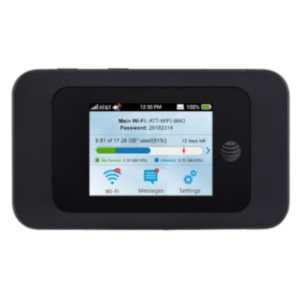

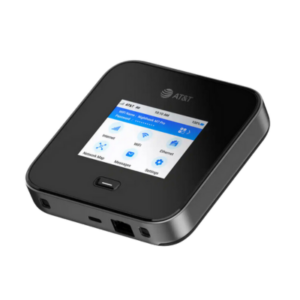
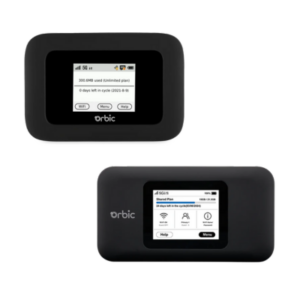
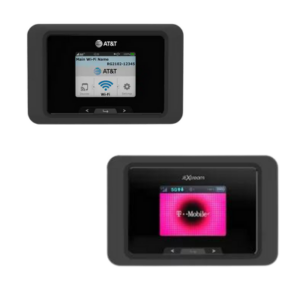
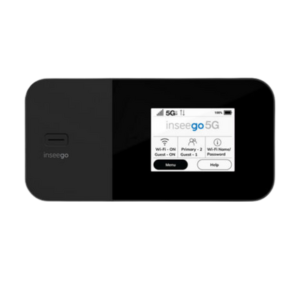
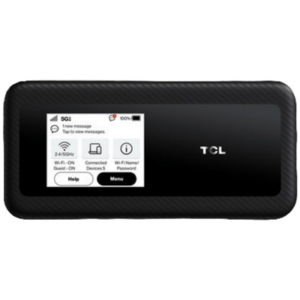

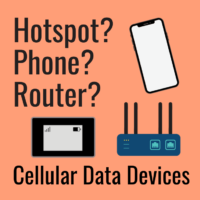
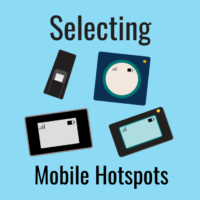
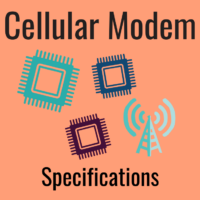
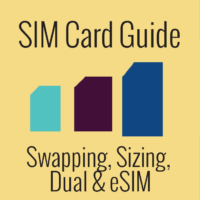
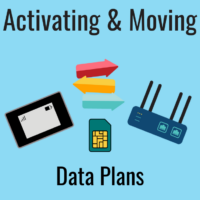
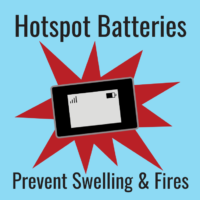
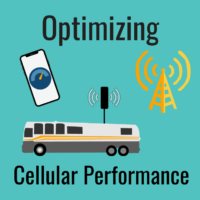
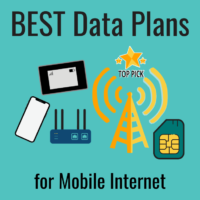






 Mobile Internet Resource Center (dba Two Steps Beyond LLC) is founded by Chris & Cherie of
Mobile Internet Resource Center (dba Two Steps Beyond LLC) is founded by Chris & Cherie of